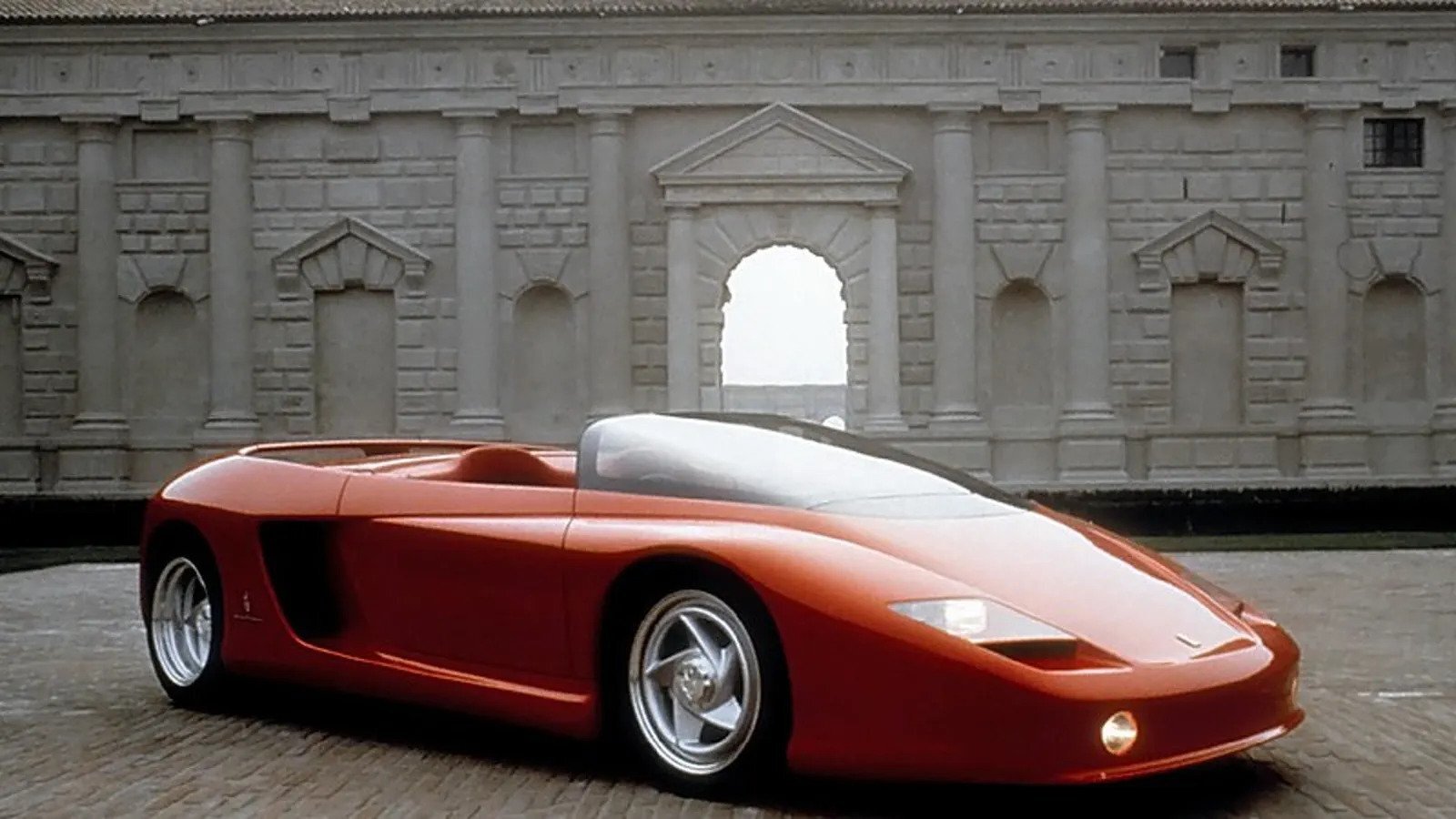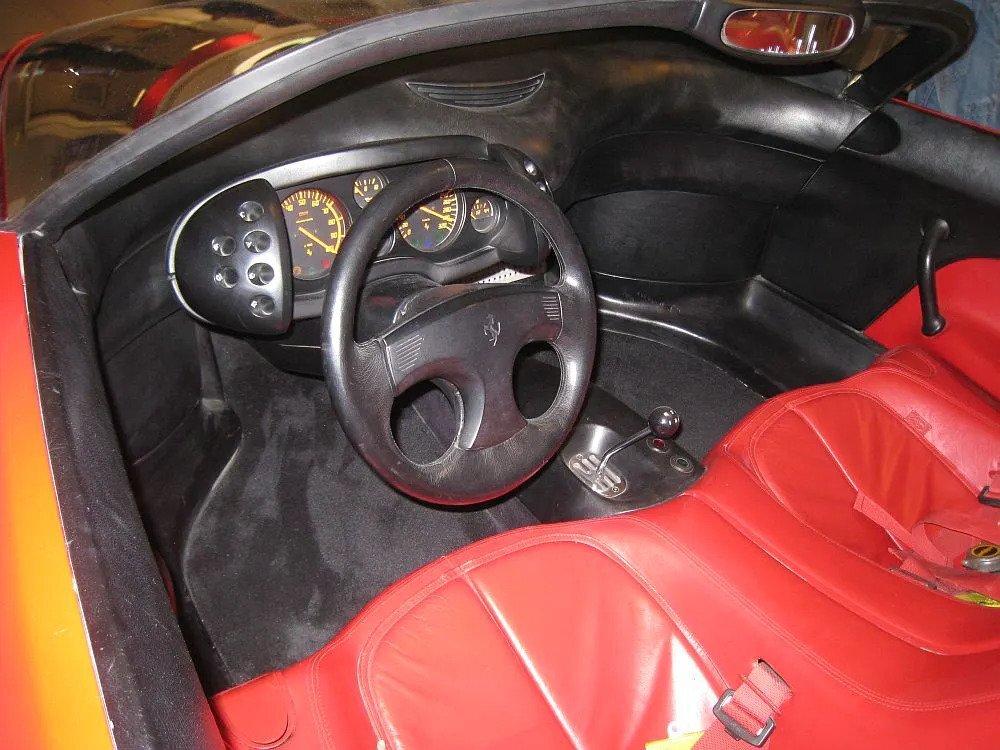The 1980s was a high point for many things, from Miami-based cop shows to glam rock. But for most car fans at least, it was one of the high points of car design. During that decade several wild automotive shapes appeared, from the garden variety Ford Sierra and Citroen XM all the way up to the Lancia 037 and possibly the wildest versions of the Lamborghini Countach, like the LP500 S, the LP5000 QV and of course the last of the breed, the 25th Anniversary. But that other major Italian supercar maker also had the 80s firmly by its hair, and it kept pulling until the bleach blonde extensions got ripped to shreds, when the Testarossa was first unveiled in 1984, with everyone gasping at its sheer width, awe inspiring look and of course at its magnificent 4.9 litre flat 12. So naturally, everyone was just waiting for a convertible Testarossa as it was the next logical thing to do with this mad wedge supercar; the next attack on Lamborghini's insanity. But a convertible, or to stay Italian, Barchetta variant was never officially released, with only one official Testarossa Barchetta made for Fiat Godfather, Gianni Agnelli. But in 1989, Ferrari gave the 80s one final karate chop to the head with the Mythos concept car, effectively the Testarossa Barchetta everyone wanted but with looks that can only be described as an 80s interpretation of the 90s. Allow me to explain.
The Mythos was made to showcase Ferrari’s design language going into the 90s. Penned by Pininfarina, it was a clear view into the future of the prancing horse, and while there are certain hints of the Mythos in the 456 GT that was indeed released in the early 90s, what Ferrari made was basically the ultimate Testarossa. It was sleeker and more rounded than the wedge shaped weapon it was based on, but most importantly it was a Barchetta, the convertible variant everyone was dreaming of but to which Ferrari folded its hands, smiled and said “Not tonight sweetheart I have a headache”. It was shortened by six inches, lowered by three and was five inches wider than the plebeian Testarossa, which apparently was tiny compared to the Mythos.
The rear of the Mythos
But the Mythos wasn't just a Testarossa dressed in an elaborate Halloween costume. It also had some pretty radical technology for its time. For example, the front overhang could be raised and lowered by as much as 30 centimeters to allow for more downforce at any given time, while a retractable and rotating panel at the front allowed for even better use of the rushing air that hit the already very slippery body. While no official review or test of the Mythos was ever conducted, it's safe to say that the 4.9 litre Testarossa-derived flat-12 that sat in the rear, would have been used at its full potential. Makes you wonder why they never actually made something like it, or better yet, why they never made the actual Mythos.
Actually, that's a lie, because every car fan’s favorite Sultan ordered not one, but two of them, because just one Mythos would be seen as a mere compromise. Yes, apparently, none other than the Sultan Of Brunei ordered two examples of the Mythos to be made, one in red and one in turquoise. It’s not actually known if the cars were ever made or delivered, since no official documentation exists, but if we take into account the fact that the Sultan owns various custom built Ferraris, it’s safe to say that at least two examples of this mythical (no pun intended) car have been made.
The interior of the Mythos. Note the gauge cluster and the gear lever that have been lifted straight off the Testarossa.
The Ferrari Mythos then is exactly what its name suggests. A myth; a legend. Not so much a car as a piece of pornography that was made for the sole purpose of wowing everyone, and when that goal was reached, it simply disappeared, going back into the shadows that gave birth to it. It was indeed the very definition of a concept car, but it was the right car for Ferrari to leave the 80s and enter the new era of the 90s, where it innovated more than ever before and built cars that are still talked about today and probably will still be talked about in the future. A true automotive hero then, even if it's forgotten most of the time..



